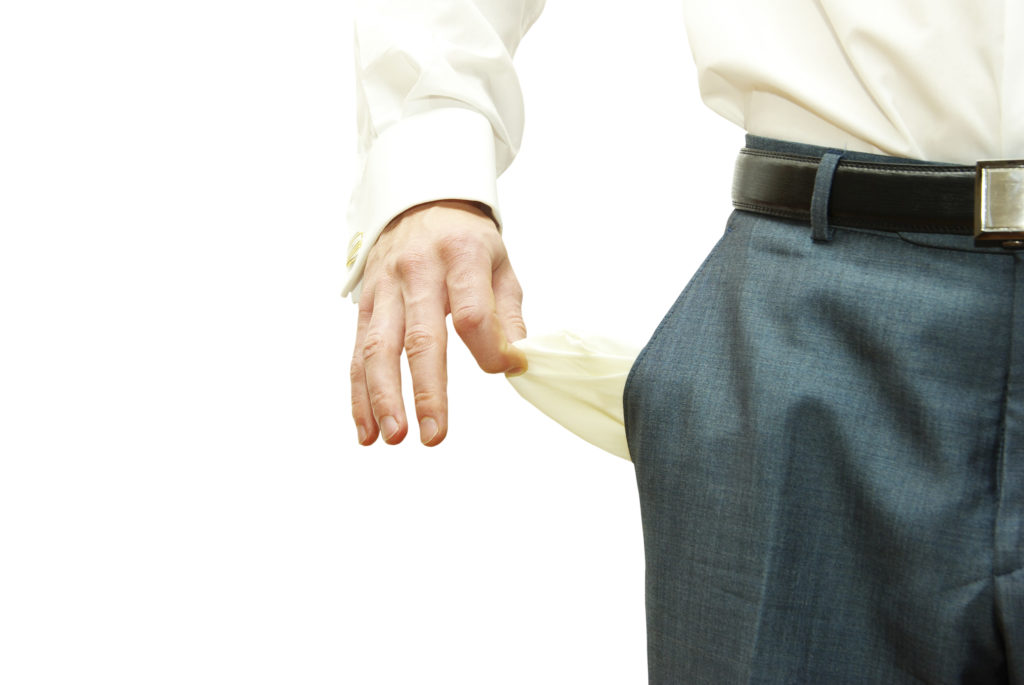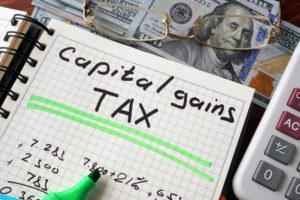NBA Stars Losing Hefty Amounts of Their Salary to the Taxman

Just about everyone knows that professional athletes make a ton of money. Whether you agree with athlete salaries or not, the fact is those hefty numbers you always see reported when an athlete signs a new deal aren’t really all that they’re cut out to be. Oh sure, they are making a lot of money, but they are also paying quite a large tax bill. In some cases, that bill can put a huge dent in their actual earnings.
According to a new report, when determining whom the highest paid NBA player is, it depends on which numbers you use. Kobe Bryant earns more than any other NBA player, coming in with a salary of $23 million this year. However, if you look at his tax bill, which is estimated at $11.4 million, then his actual take home pay is only $12.1 million. That means he is paying close to half of his salary to the taxman.
Several factors played a role in determining these tax numbers, including where a player lives, and where he plays both his home and road games. Road games play a big role in the equation because some cities enforce the so-called “jock-tax” on individuals who come to the area to work. Pro athletes schedules are easy to track, so these cities can easily implement this tax.
There’s no question that NBA players are well compensated for their services, but remember, most players are giving a huge percentage of their income back in taxes, thus reducing how much they actually take home by a large portion. Of course, these tax numbers are an estimate and there are certain measures these players can take to help reduce their tax bill. So they might be able to take more home than estimated.
Likewise, if you need help finding the all of the best ways to save on your tax bill, then contact. GROCO today.
Where Should You Keep Your Will?
Where Should You Keep Your Will? Planning your estate takes a considerable amount of time and effort. First, you must inventory what you own and decide how to divide your assets among your loved ones. Then you meet with your advisers—attorney, accountant, trust officer, insurance agent—to formalize your plans. Because you are conscientious, you review…
Will Contests: A Good Offense is the Best Defense
Will Contests: A Good Offense is the Best Defense When an elderly grandmother leaves all of her assets to a new beau, or Dad leaves everything to the child who visited most in the nursing home, a will challenge may be in the offing. Will contests generally are brought by unhappy family members who feel…
Capital Gains: Determining Your Tax Basis
Capital Gains: Determining Your Tax Basis The two chief forms of income for most people are “earned” and “unearned” income. Earned income (generally, your compensation for work that you do) is taxed at rates beginning at 10% and rising to 38.6% (in 2003). Capital gain, the income earned from your investments, receives preferential treatment. The…
Making the Most of Home Equity: Tips for Senior Citizens
Making the most of home equity For senior citizens living on fixed incomes, the need to replace a car or do substantial home repairs can disrupt finances. Major unplanned expenses caused by illness or disability can lead to financial disaster. Fortunately, many senior citizens are sitting on a major financial asset: the equity in their…


